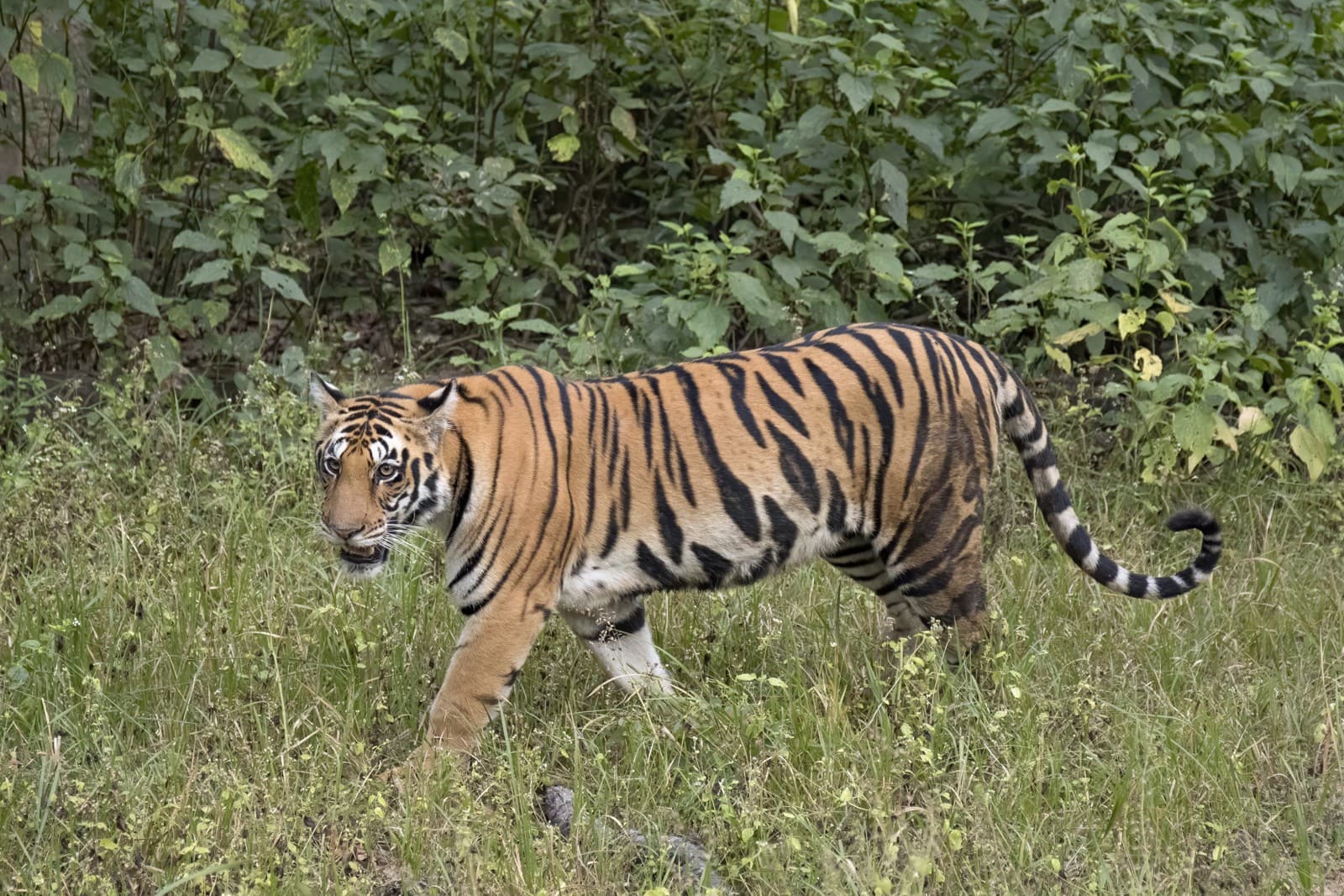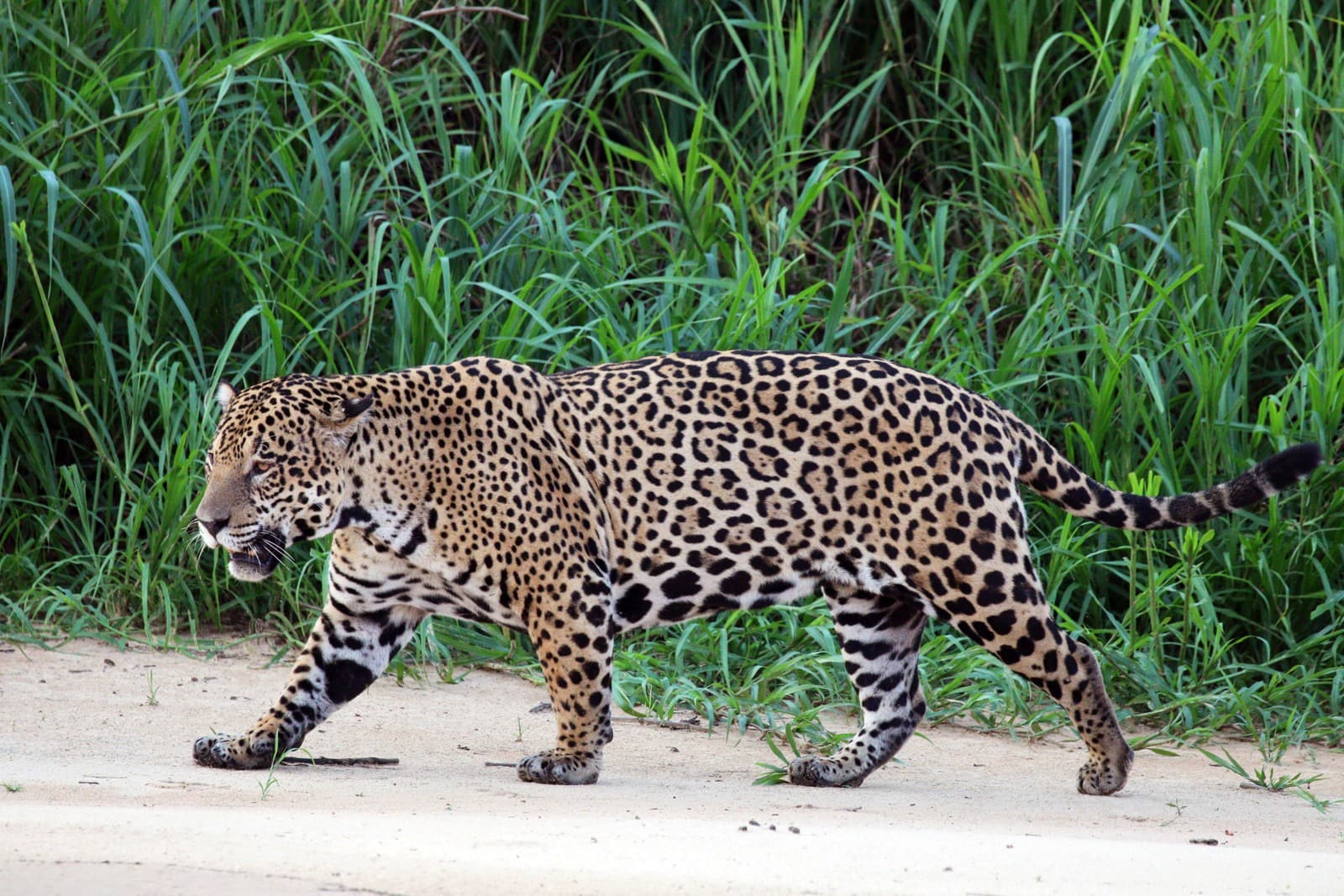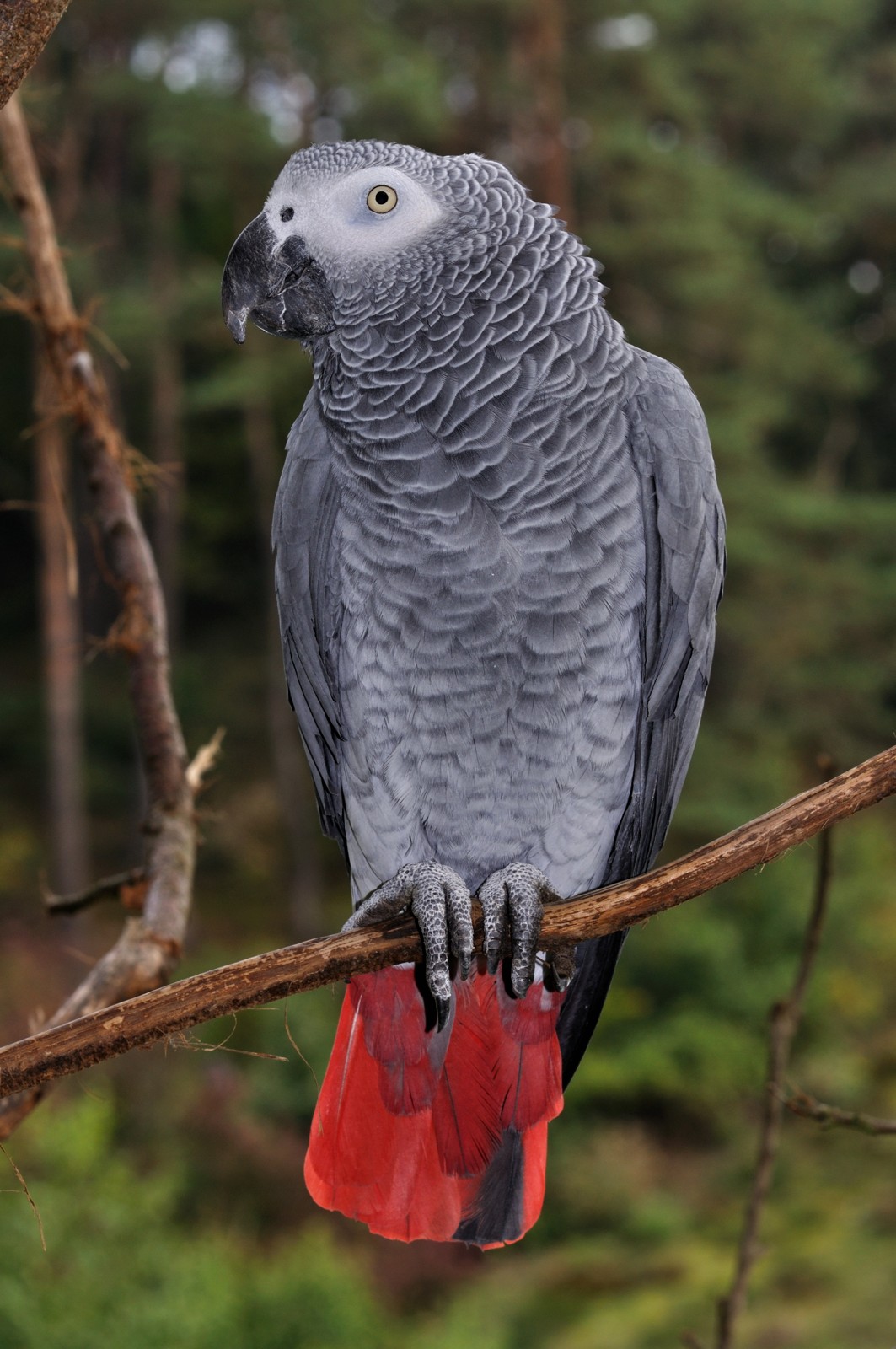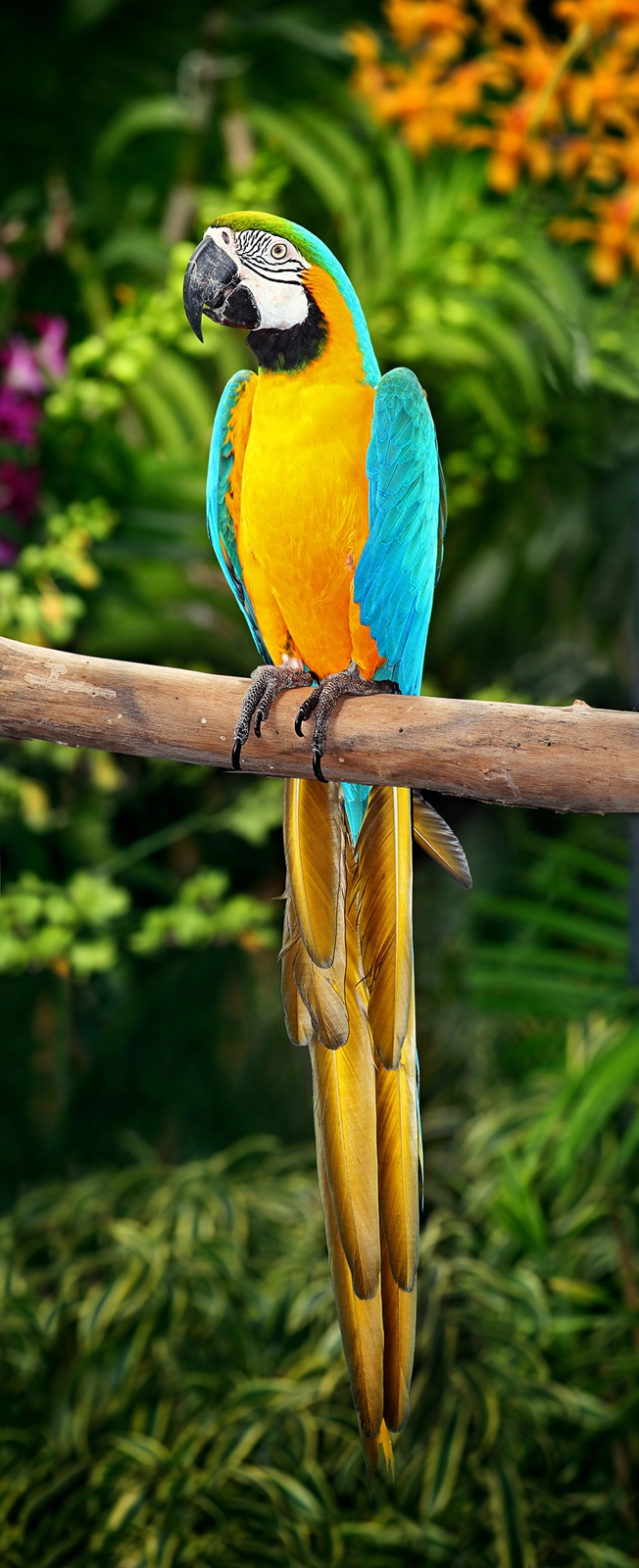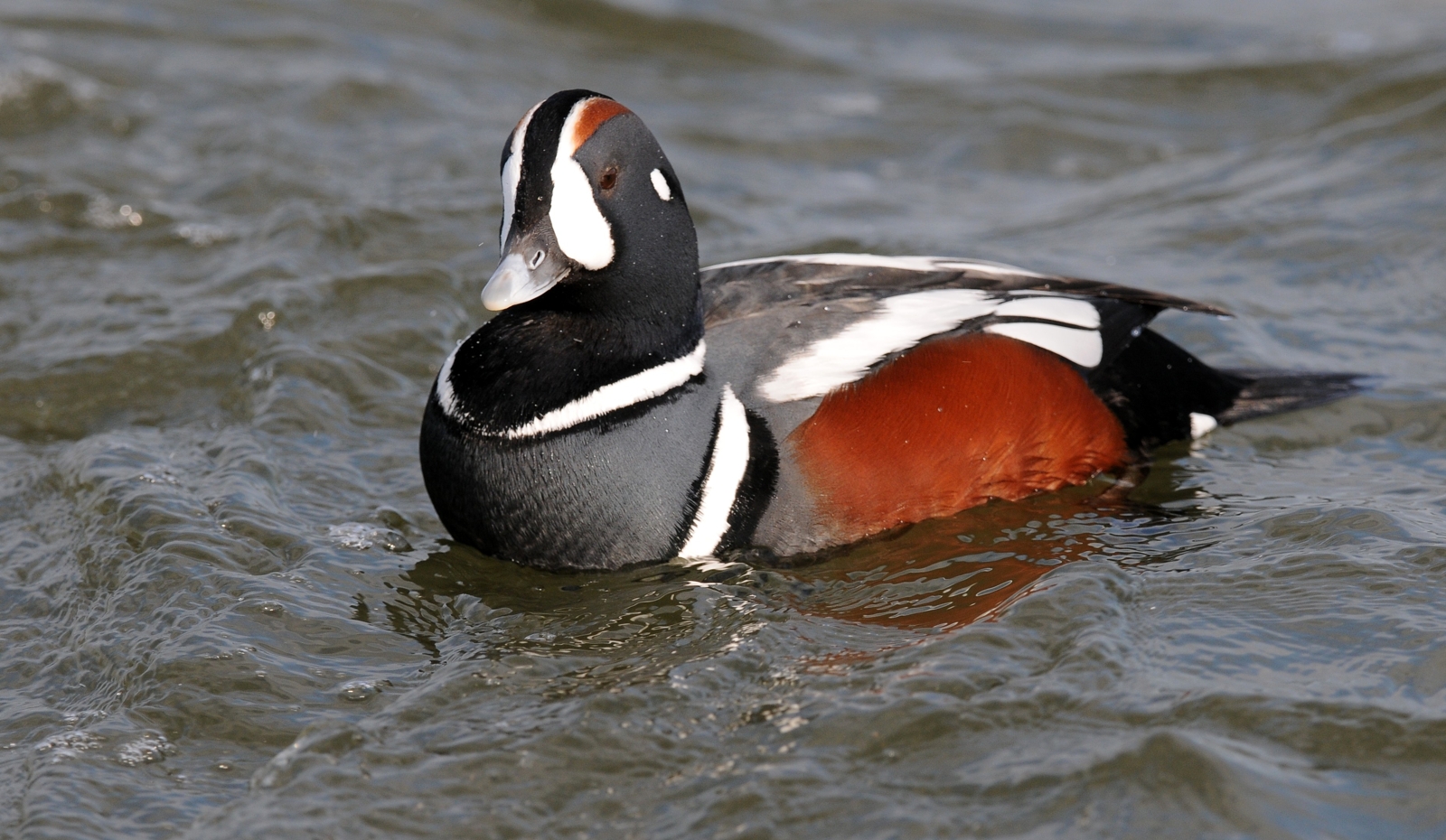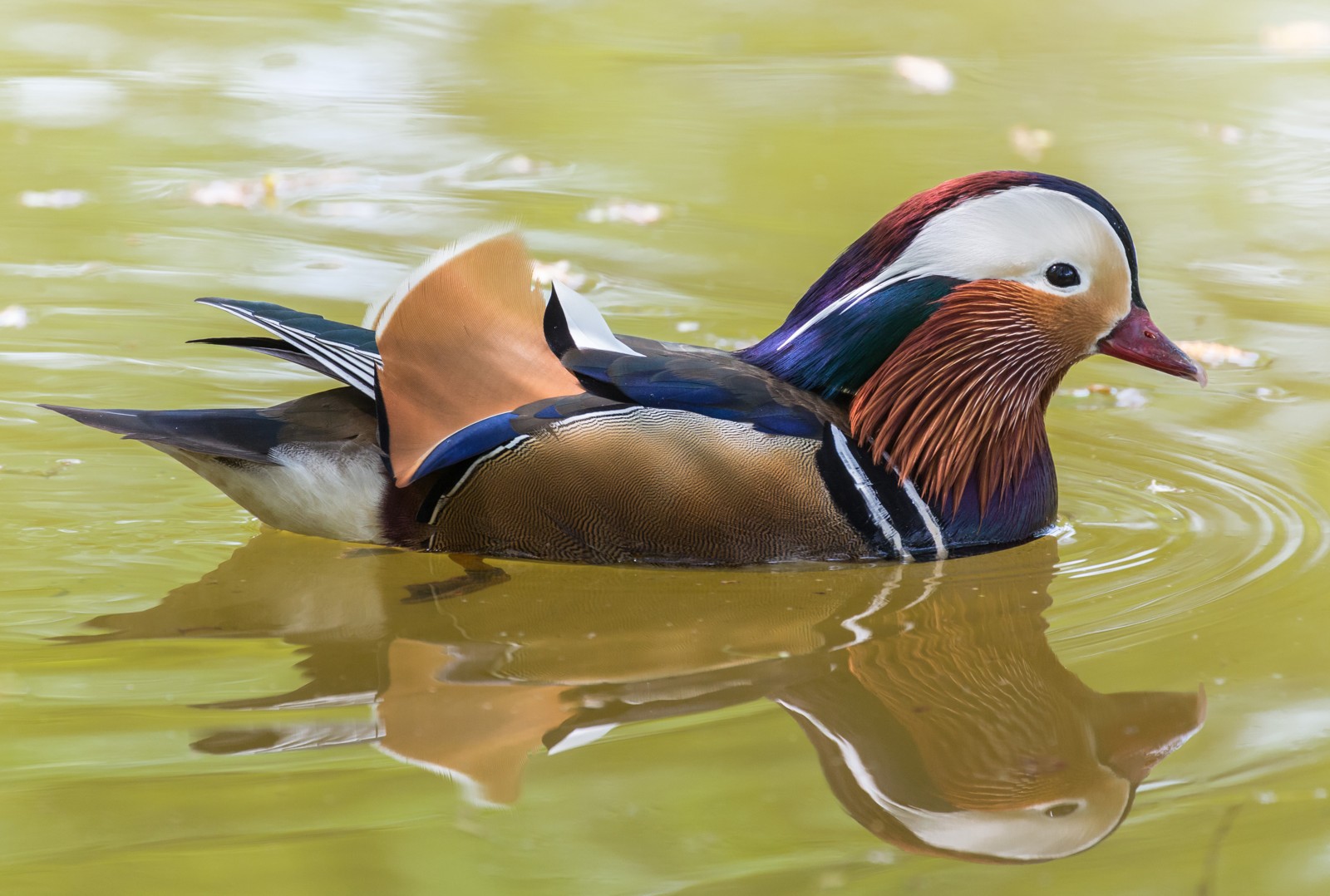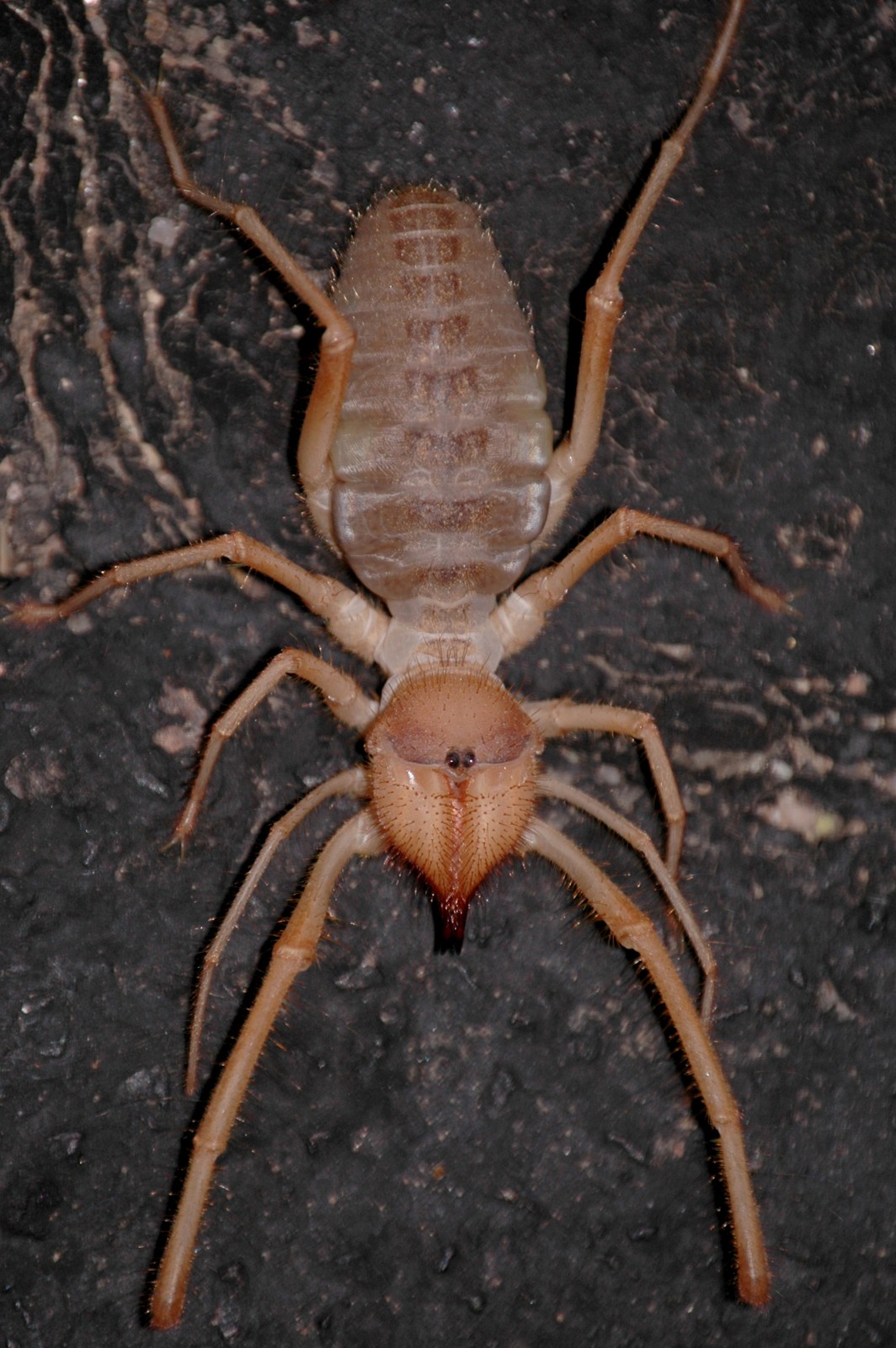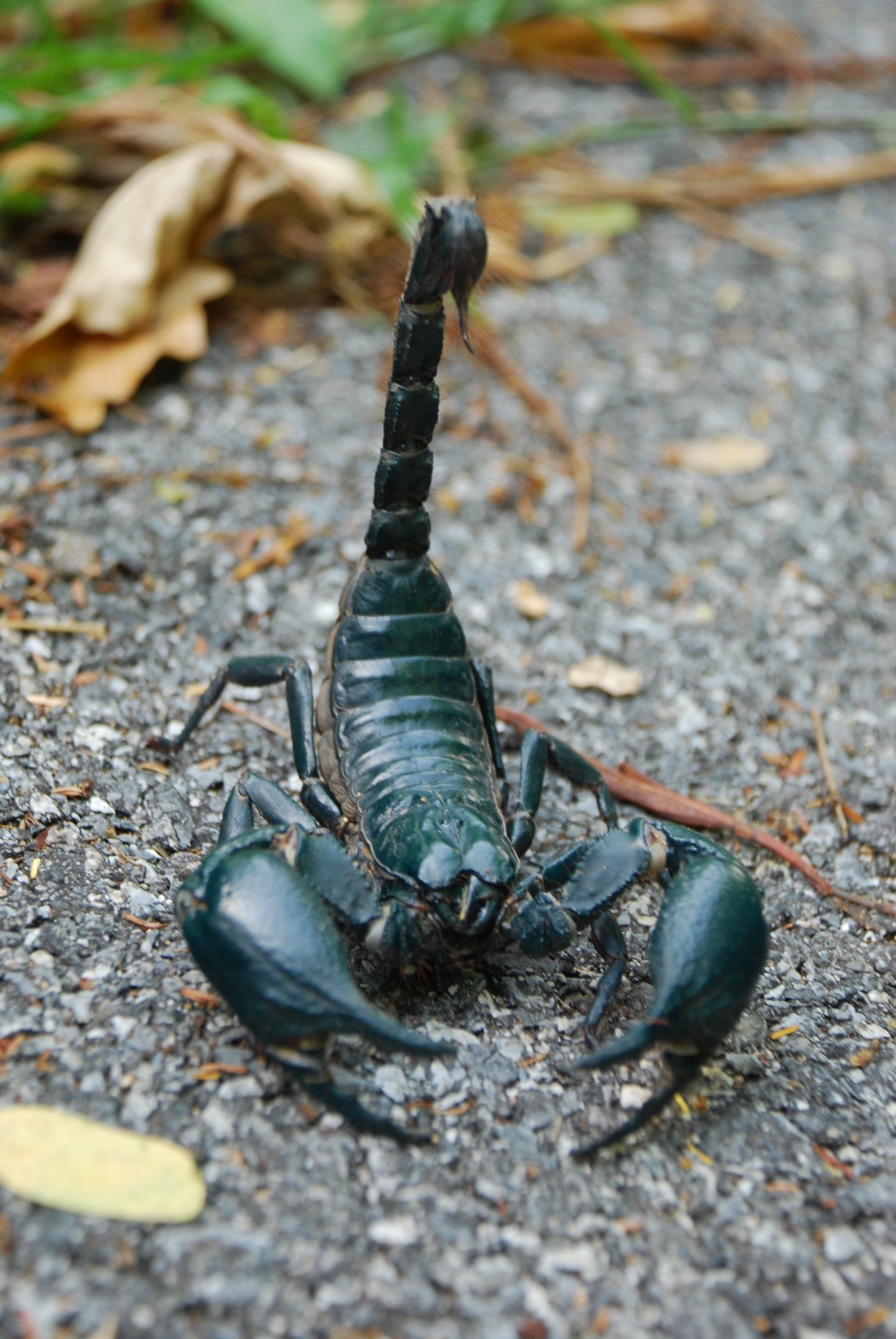Vampire Bat vs Fruit Bat: A Complete Comparison
When comparing vampire bats vs fruit bats, we find two remarkably different evolutionary paths within the bat family. While vampire bats have evolved to feed exclusively on blood, weighing just 1-1.5 ounces (28-43 grams), fruit bats can reach impressive sizes of up to 3.3 pounds (1.5 kg) and sustain themselves entirely on fruit, nectar, and pollen.
These distinct dietary adaptations have led to fascinating differences in their anatomy, behavior, and ecological roles. Vampire bats possess specialized razor-sharp teeth and heat-sensing nose structures, while fruit bats have developed elongated snouts and enhanced color vision to locate ripe fruits.
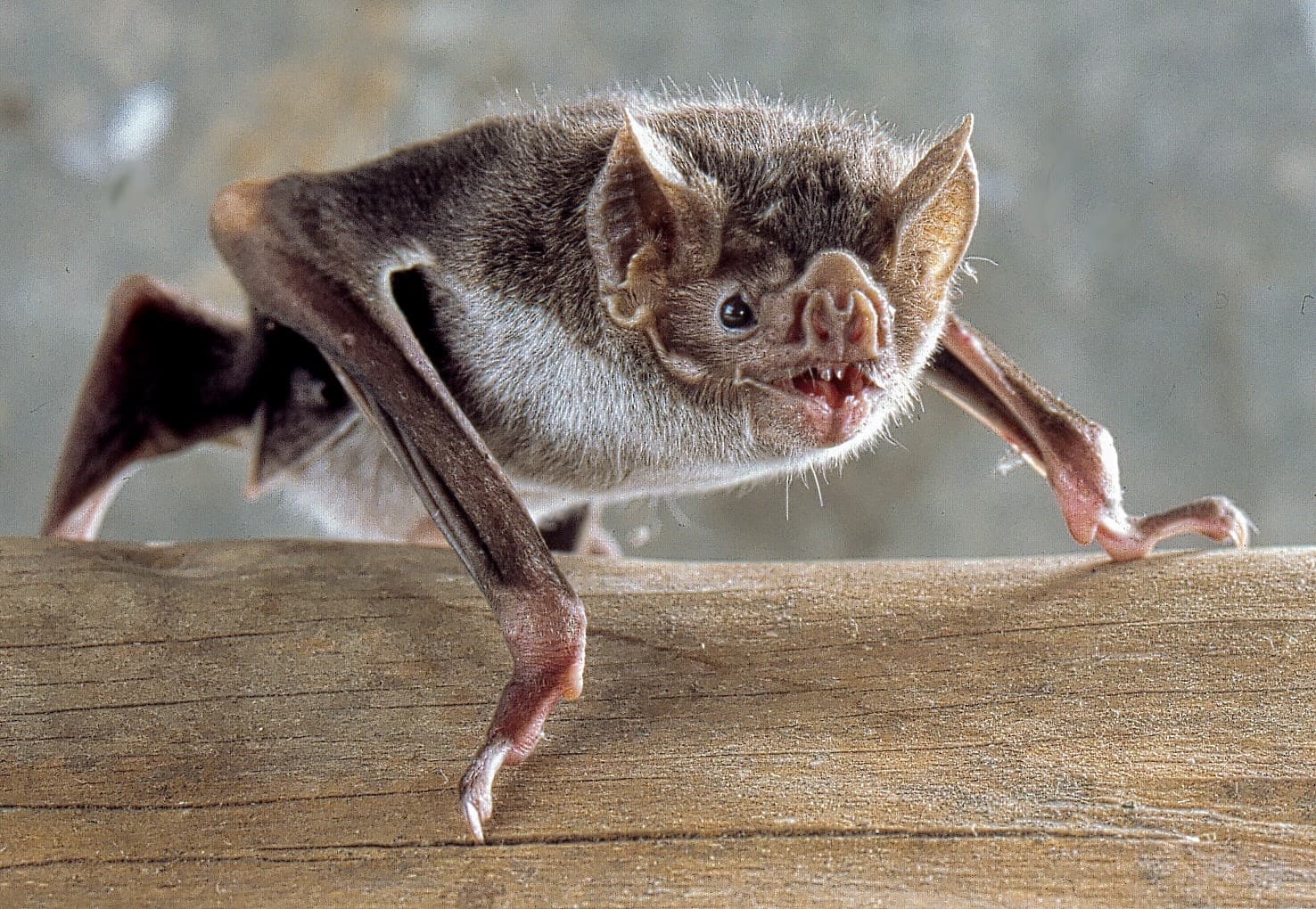
© Uwe Schmidt / CC BY-SA 4.0
The vampire bat’s unique adaptations for blood feeding are evident in this image, showing its specialized nose for heat detection and powerful thumb claws used for terrestrial locomotion when approaching prey.
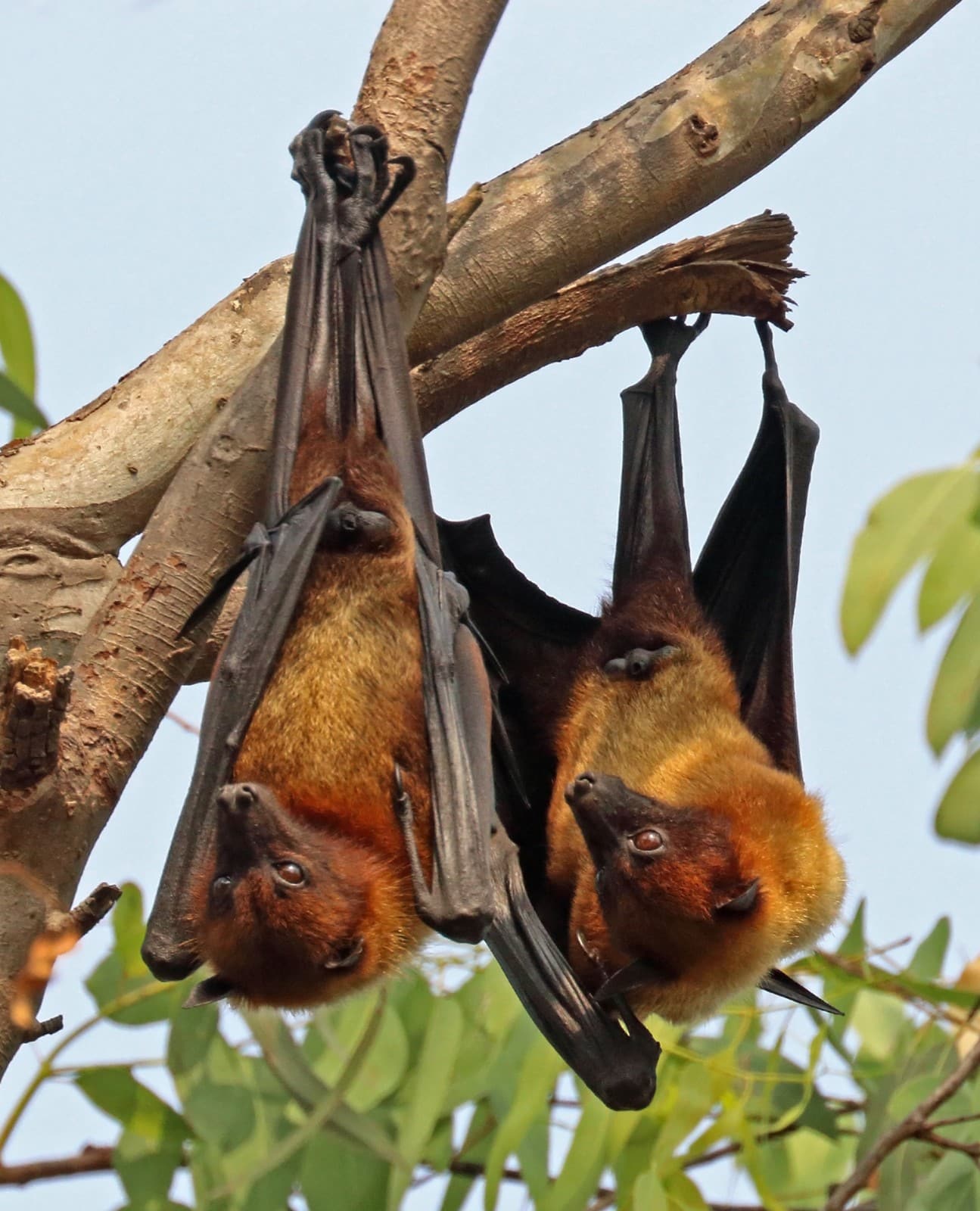
© Charles J. Sharp / CC BY-SA 4.0
Fruit bats, also known as flying foxes, display their characteristic large size and fox-like faces, adaptations that help them locate and feed on fruit in the forest canopy.
Key Differences Between Vampire Bats and Fruit Bats
| Feature | Vampire Bat | Fruit Bat |
|---|---|---|
| Size | 2.8-3.5 inches (7-9 cm) | 6-24 inches (15-60 cm) |
| Weight | 1-1.5 ounces (28-43 g) | 0.5-3.3 pounds (0.23-1.5 kg) |
| Diet | Blood exclusively | Fruit, nectar, and pollen |
| Habitat | Central and South America | Tropical regions worldwide |
| Social Behavior | Highly social, shares food | Variable sociality |
| Lifespan | 9-12 years | 15-30 years |
Feeding Habits and Adaptations
Vampire bats have evolved remarkable specializations for their blood-feeding lifestyle. Their saliva contains anticoagulant compounds that prevent blood clotting, and they can survive without food for up to three days. These bats use their sharp incisors to make a small incision in their prey’s skin and lap up blood with their grooved tongues.
In contrast, fruit bats possess strong jaw muscles and specialized teeth for crushing and extracting juice from fruits. Their enhanced color vision and keen sense of smell help them locate ripe fruits in the dark. Some species can carry fruits weighing up to 1.5 times their body weight.
Ecological Impact and Importance
Vampire Bats
- Act as disease vectors for rabies and other pathogens
- Help maintain prey population dynamics
- Contribute to medical research through anticoagulant studies
Fruit Bats
- Critical pollinators for many tropical plants
- Primary seed dispersers in rainforest ecosystems
- Support the production of over 450 commercial products
Habitat and Distribution
Vampire bats are found exclusively in the Americas, ranging from Mexico to Argentina. They prefer cattle-raising areas and regions with abundant wildlife. Their ability to walk, jump, and run helps them approach prey on the ground.
Fruit bats have a much wider distribution, occurring throughout tropical and subtropical regions of Africa, Asia, Australia, and the Pacific islands. They typically roost in large trees and may travel up to 40 miles (64 km) nightly in search of food.
Who Would Win in a Confrontation?
While vampire bats and fruit bats rarely interact in nature due to different geographic distributions, a size comparison makes the outcome of any theoretical confrontation clear. Large fruit bats, particularly flying foxes, would have a significant advantage due to their superior size and strength, often being 20-30 times heavier than vampire bats. However, both species are non-aggressive toward other bats and avoid confrontation in natural settings.
Conservation Status and Threats
Both vampire bats and fruit bats face various conservation challenges:
- Habitat loss due to deforestation
- Human persecution
- Climate change impacts on food availability
- Disease threats
- Hunting (particularly affecting fruit bats)
Understanding these remarkable creatures’ differences and ecological roles is crucial for their conservation and the maintenance of healthy ecosystems they support.
